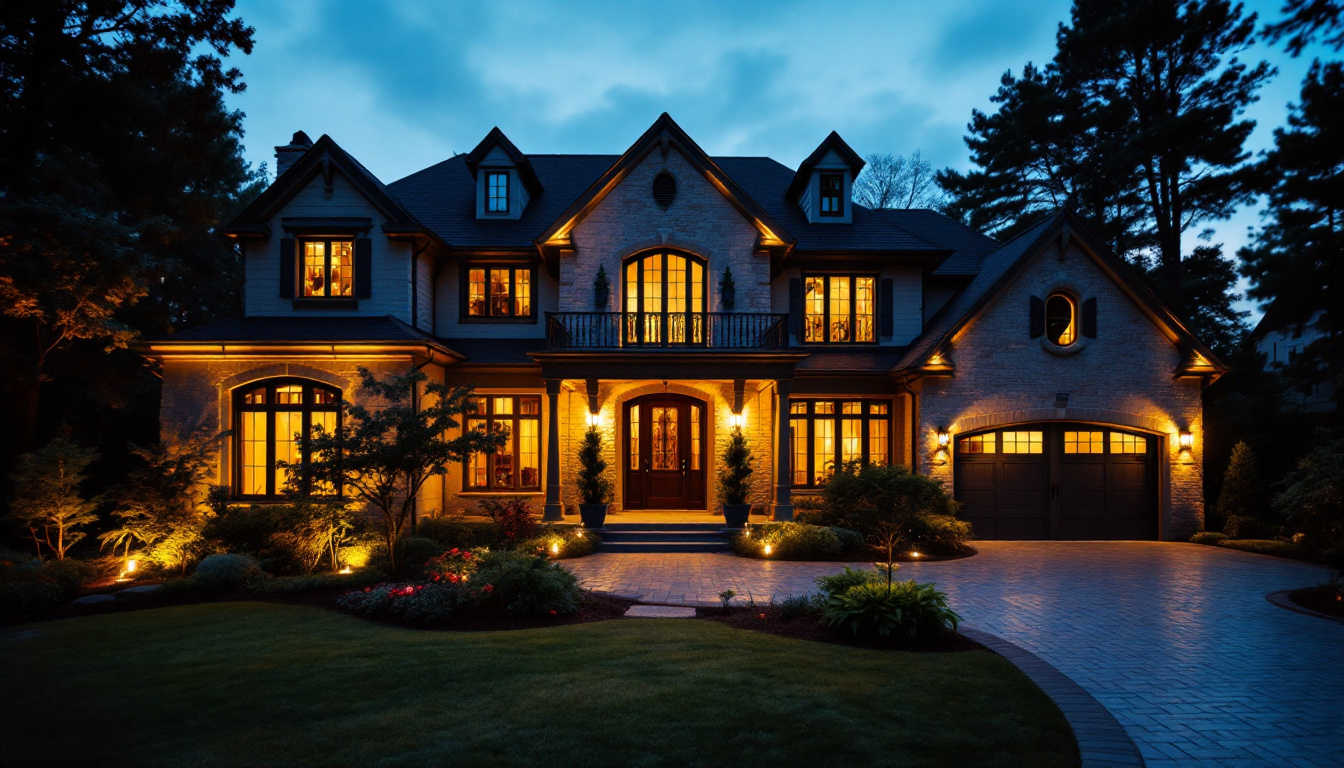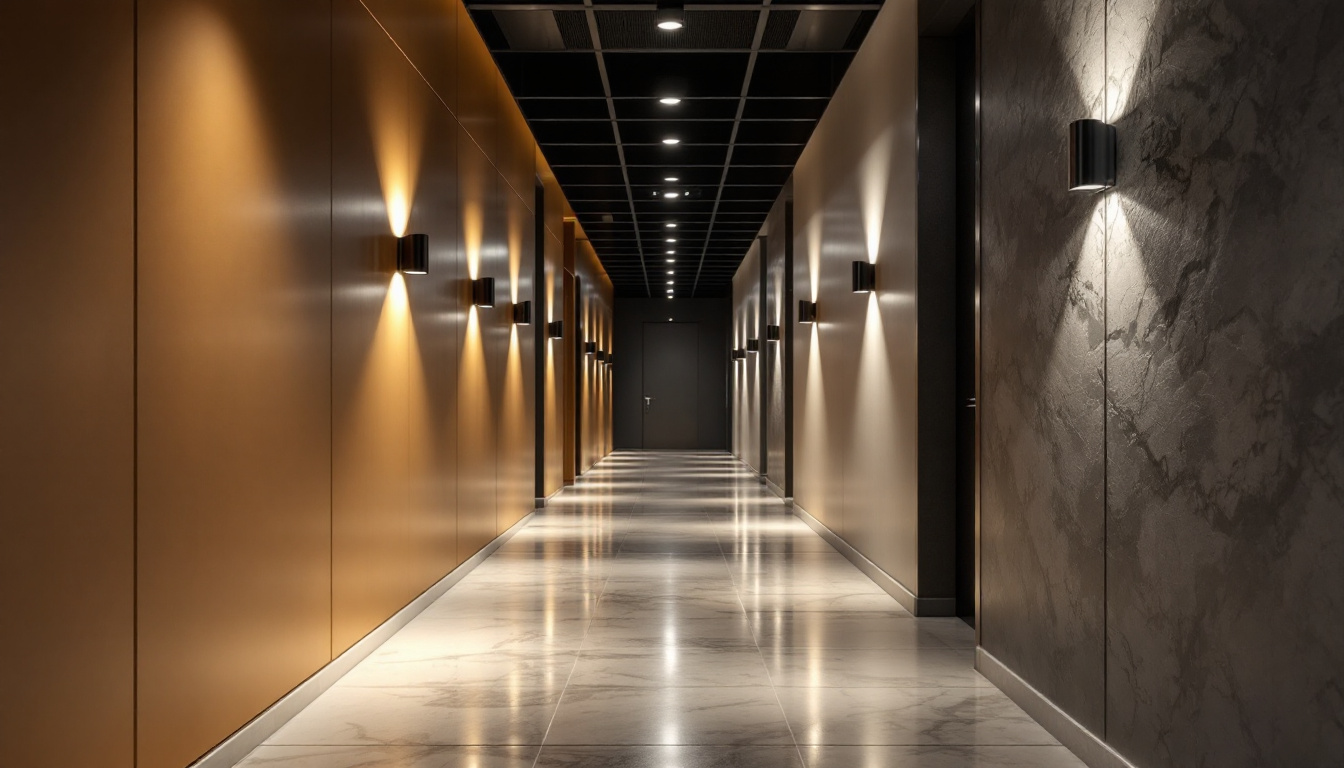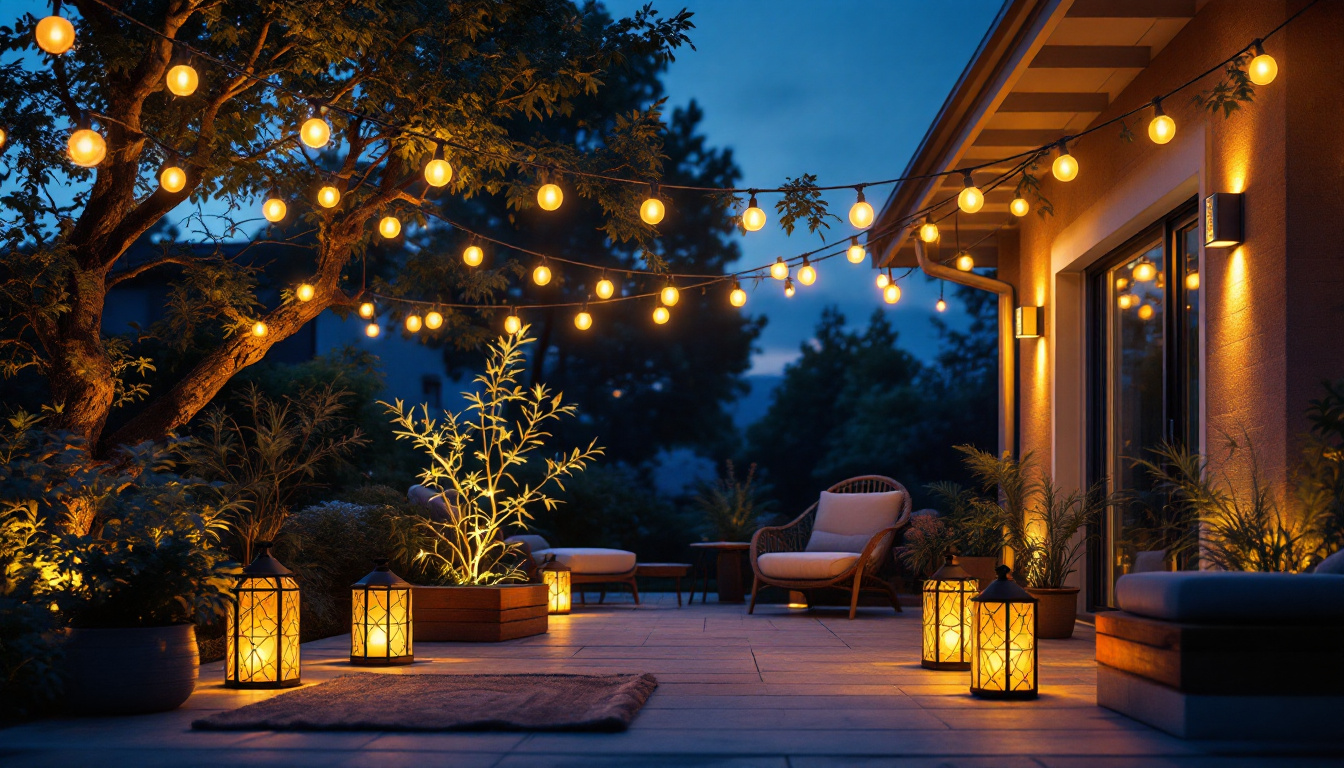
When it comes to exterior lighting, the choices made can greatly influence both the aesthetic and functional aspects of a property. As a lighting contractor, understanding the common pitfalls in outdoor lighting design is essential for delivering successful projects. This guide aims to provide insights into the key areas to focus on, ensuring that every installation is both visually appealing and practically effective.
Before diving into the intricacies of design and installation, it is crucial to grasp the fundamental principles of exterior lighting. This knowledge serves as the foundation upon which all successful projects are built. A well-thought-out lighting plan not only enhances the visual appeal of a property but also improves safety and functionality during the evening hours. Understanding how light interacts with different surfaces and colors can significantly influence the overall outcome of a project.
Exterior lighting can be categorized into several types, each serving a distinct purpose. Pathway lights illuminate walkways, enhancing safety while adding charm to gardens. Floodlights provide broad illumination for larger areas, ideal for security and visibility. Accent lighting highlights architectural features or landscaping, creating focal points that enhance the property’s overall appeal. Additionally, string lights can create a cozy atmosphere for outdoor gatherings, while lanterns can add a touch of elegance to patios and porches.
Understanding these categories allows contractors to tailor their designs to meet client needs effectively. Each type of lighting should be selected based on the specific requirements of the space and the desired atmosphere. For instance, a home with a modern aesthetic may benefit from sleek, minimalist fixtures, while a rustic property might call for more traditional or vintage-inspired designs. By considering the architectural style and landscaping elements, designers can create a harmonious look that complements the entire property.
When designing an exterior lighting plan, several factors must be considered. First, the layout of the property plays a significant role. The placement of lights should ensure that all essential areas are covered without creating dark spots or overly bright zones. Additionally, the intended use of the outdoor space—whether for entertaining, security, or aesthetics—will influence the design choices. For example, if the area is frequently used for social gatherings, ambient lighting can enhance the atmosphere, while task lighting may be necessary for cooking or dining areas.
Another important consideration is the color temperature of the lighting. Warmer tones tend to create a welcoming ambiance, while cooler tones can feel more sterile. Striking the right balance is essential for achieving the desired effect. Moreover, the type of fixtures used can affect not only the color temperature but also the distribution of light. For instance, fixtures with diffusers can soften the light output, reducing harsh shadows and creating a more inviting environment. Additionally, incorporating dimmers or smart lighting solutions allows homeowners to adjust the brightness according to their needs, further enhancing the versatility of their outdoor spaces.
Even seasoned contractors can fall prey to common mistakes when it comes to exterior lighting. Awareness of these pitfalls can help ensure that projects run smoothly and meet client expectations.
One of the most significant pitfalls in exterior lighting is inadequate planning. Rushing through the design phase can lead to poor placement of fixtures, resulting in uneven lighting and potential safety hazards. Taking the time to map out the lighting plan, considering both the aesthetic and functional needs, is essential.
Contractors should conduct a thorough site analysis, taking note of existing features, landscape elements, and potential obstacles. This analysis will inform the placement of lights and ensure that the lighting design complements the property’s architecture.
In today’s environmentally conscious market, energy efficiency is a critical consideration. Many contractors overlook this aspect, opting for traditional lighting solutions that consume more energy than necessary. By choosing LED fixtures and incorporating smart lighting controls, contractors can provide clients with sustainable options that reduce energy consumption and lower utility bills.
Additionally, educating clients about the benefits of energy-efficient lighting can enhance their satisfaction and create opportunities for upselling. Highlighting the long-term savings and reduced environmental impact can make a compelling case for modern lighting solutions.
The selection of fixtures is a pivotal aspect of any exterior lighting project. The right fixtures not only enhance the visual appeal but also ensure durability and performance in outdoor environments.
Outdoor lighting fixtures must withstand various weather conditions, from rain to snow to intense sunlight. Materials such as stainless steel, aluminum, and durable plastics are often favored for their resilience. Contractors should consider the local climate when selecting materials, ensuring that they can withstand the elements without deteriorating over time.
Furthermore, the finish of the fixtures can impact their longevity. Powder-coated finishes are often recommended for their resistance to corrosion and fading, making them a smart choice for outdoor applications.
The style of the fixtures should align with the overall design of the property. Whether the home has a modern, traditional, or rustic aesthetic, the lighting fixtures should complement these elements. A cohesive design enhances the property’s curb appeal and creates a harmonious outdoor environment.
Contractors should also consider the scale of the fixtures. Oversized lights can overwhelm a small space, while tiny fixtures may get lost in larger areas. Striking the right balance is crucial for achieving a visually pleasing outcome.
Proper installation is key to the success of any exterior lighting project. Following best practices can help ensure that the lighting performs well and meets client expectations.
Wiring is a critical component of outdoor lighting installations. Contractors must adhere to local electrical codes and safety standards to prevent hazards. Underground wiring should be buried at the appropriate depth to avoid damage and ensure safety.
Using weatherproof connectors and fixtures is essential for preventing electrical failures. Additionally, contractors should consider the use of timers and motion sensors to enhance functionality and energy efficiency.
After installation, testing the lighting is crucial. This step allows contractors to identify any issues with placement, brightness, or functionality. Adjustments may be necessary to achieve the desired effect, and contractors should be prepared to make these changes to ensure client satisfaction.
Encouraging clients to view the lighting at different times of day can also provide valuable feedback. This practice allows for adjustments based on how the lighting interacts with the surrounding environment.
Once the exterior lighting is installed, maintenance becomes a crucial aspect of ensuring its longevity and performance. Educating clients on proper care can enhance their satisfaction and prolong the lifespan of the fixtures.
Regular inspections of the lighting system can help identify potential issues before they escalate. Contractors should recommend that clients check for any burnt-out bulbs, damaged fixtures, or signs of wear and tear. Addressing these issues promptly can prevent more significant problems down the line.
Additionally, cleaning fixtures periodically can help maintain their appearance and performance. Dust, dirt, and debris can accumulate, affecting both the aesthetic and functional aspects of the lighting.
Seasonal changes can impact the effectiveness of exterior lighting. In areas with harsh winters, snow and ice can obstruct light fixtures, while summer foliage may block illumination. Contractors should advise clients on seasonal adjustments, such as repositioning fixtures or using different bulbs to enhance visibility during various times of the year.
Encouraging clients to embrace seasonal themes can also enhance their outdoor experience. For instance, using colored bulbs during holidays or special occasions can create a festive atmosphere.
Effective communication with clients is vital throughout the entire process. Educating them about the choices made and the reasoning behind specific designs fosters trust and satisfaction.
Clients may not fully understand the various options available to them. Taking the time to explain the benefits of different types of fixtures, lighting techniques, and energy-efficient solutions can empower clients to make informed decisions. This approach not only enhances their satisfaction but also positions the contractor as a knowledgeable expert.
Providing visual aids, such as diagrams or examples of previous projects, can help clients visualize the proposed designs and make the decision-making process smoother.
After the project is completed, following up with clients is an excellent way to ensure their satisfaction. This follow-up can involve checking in on the performance of the lighting, addressing any concerns, and offering maintenance tips. Such gestures can lead to repeat business and referrals, as satisfied clients are more likely to recommend the contractor to others.
Moreover, soliciting feedback on the project can provide valuable insights for future improvements. Understanding what worked well and what could be enhanced allows contractors to refine their processes continuously.
Exterior lighting is a critical aspect of enhancing a property’s safety, functionality, and aesthetic appeal. By avoiding common pitfalls, selecting the right fixtures, and adhering to best practices in installation and maintenance, lighting contractors can deliver exceptional results that meet and exceed client expectations.
Through effective communication and education, contractors can foster lasting relationships with clients, ensuring that their outdoor lighting projects are not only successful but also enjoyable for years to come. Embracing these principles will set contractors apart in a competitive market and contribute to their long-term success.
Ready to elevate your lighting projects with the best in quality and value? Look no further than LumenWholesale for a vast selection of spec-grade lighting products at unbeatable wholesale prices. Say goodbye to middleman markups and hello to superior lighting that meets the highest industry standards. With free shipping on bulk orders, you can trust that you’re getting premium lighting solutions at the best price, with no hidden fees. Make your next project shine with reliability and performance. Wholesale Lighting at the Best Value is just a click away.

Explore how dim and light hallways can revolutionize cost-saving strategies for lighting contractors.

Explore how light industries are revolutionizing efficiency for lighting contractors through innovative technologies and streamlined processes.

Discover how outdoor home lighting can transform your space while boosting project efficiency.

Discover the essential insights lighting contractors need to meet client expectations for LED under cabinet strip lighting.